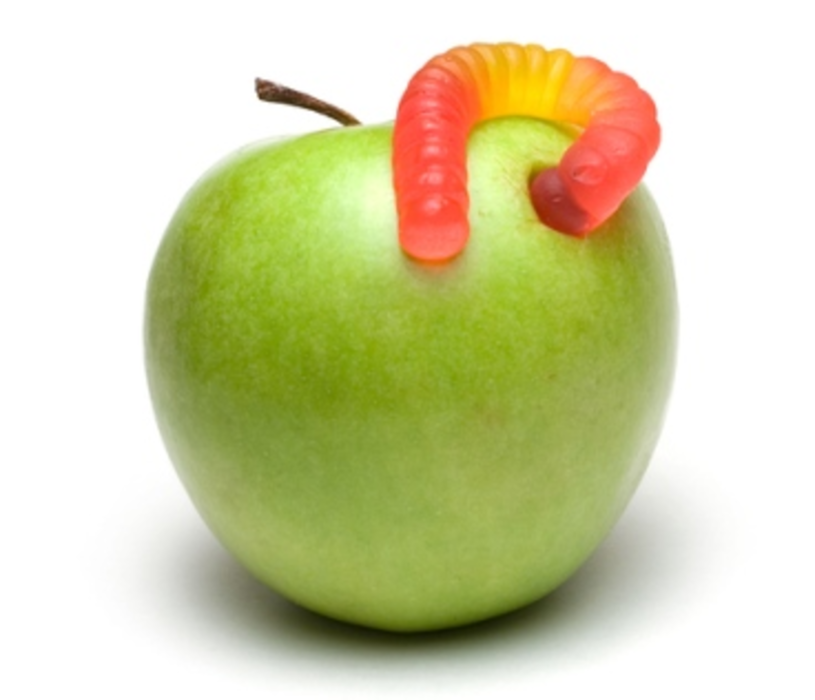The king is dead. Long live the king.
Well, not dead exactly, but the direct marketer’s paradigm of excellence, Apple, has given us a glimpse of its mortality this holiday season. The Mac-daddy’s reputation as the master of customer experience and lord of the new age of retail suffered a setback in a survey of 24,000 online shoppers conducted by customer analytics company ForeSee. When it came to shopping experience, they rated Apple equal to Chicos, Shutterfly, and The Oriental Trading Company and inferior to L.L. Bean, Vistaprint, Keurig and Avon.
Amazon, meanwhile, which plays in hundreds of categories and inspires more fear in retail marketers than admiration, tightened its grip on the scepter of online dominance. It topped ForeSee’s annual Holiday Customer Satisfaction Survey ever since it was first fielded eight years ago, and rode herd again in 2012 by matching the record “Satisfaction Score” of 88 it tallied last year.
“Amazon has always had an intense focus on the customer experience. Being the biggest and still being the best at customer service is an amazing feat,” says ForeSee President and CEO Larry Freed. ”It stays on top by continuing to innovate.”
Freed lauds Amazon for its progress in building a paid loyalty program, Amazon Prime, which offers members free two-day shipping on all orders plus other extras such as unlimited access to streaming videos. “It leveraged its size to create a community of committed customers,” says Freed. “People who make that investment in Amazon Prime are going to keep going back to the site, and they’re going to tell friends about it as well.”
Apple’s score of 80 placed it alongside 12 other retailers on what ForeSee calls “the threshold of excellence,” just two percentage points above the average score of 78. That’s a significant four-point drop for Apple from last year’s survey, on which it finished tied for second place. Freed’s call is that Apple failed to deal well with the broadening of its product selection on its website.
“You go on the site and you see the iPad2, the iPad mini, the iPad with retina display, and that presents some challenges to the online shopper who says, ‘What’s the difference? Which one do I want?’” Freed says. “Apple has to improve its product comparison capabilities. It needs to step up its game online.”
Also in need of help, according to the survey, is former Apple Stores chief Ron Johnson, now CEO of JC Penney. The re-made retailer recorded the biggest decline in Satisfaction Score, dropping six points from last year to 78. Johnson, who took the helm of the troubled retailer last year, pledging to make it a mall-within-a -store comprised of separately merchandised boutiques, appears to be failing in his mission thus far. The chain posted a horrifying 26% drop in same-store sales in its 2012 third-quarter results.
Online sales rose 15% this holiday season on a 24% rise in transaction volume, according to the Chase Holiday Pulse, which aggregates payment data from 50 of its largest e-com clients. Overall retail sales, however, were disappointing, with the MasterCard SpendingPulse reporting a mere 0.7% increase in sales in the two months leading up to Christmas. Freed, whose company analyzes customer experience methods for companies doing business both online and offline, finds a moral in the story for marketers.
“Online retail has an advantage when it comes to customer experience. The product selection is broader. It’s there for people anytime–and anywhere when you factor in mobile,” he says. “But perhaps the main thing online has in its favor, something all businesses need to emulate, is consistency of experience.”
Even in the online sphere, considering Amazon and Apple, it’s clear that some e-coms are more consistent than others.









